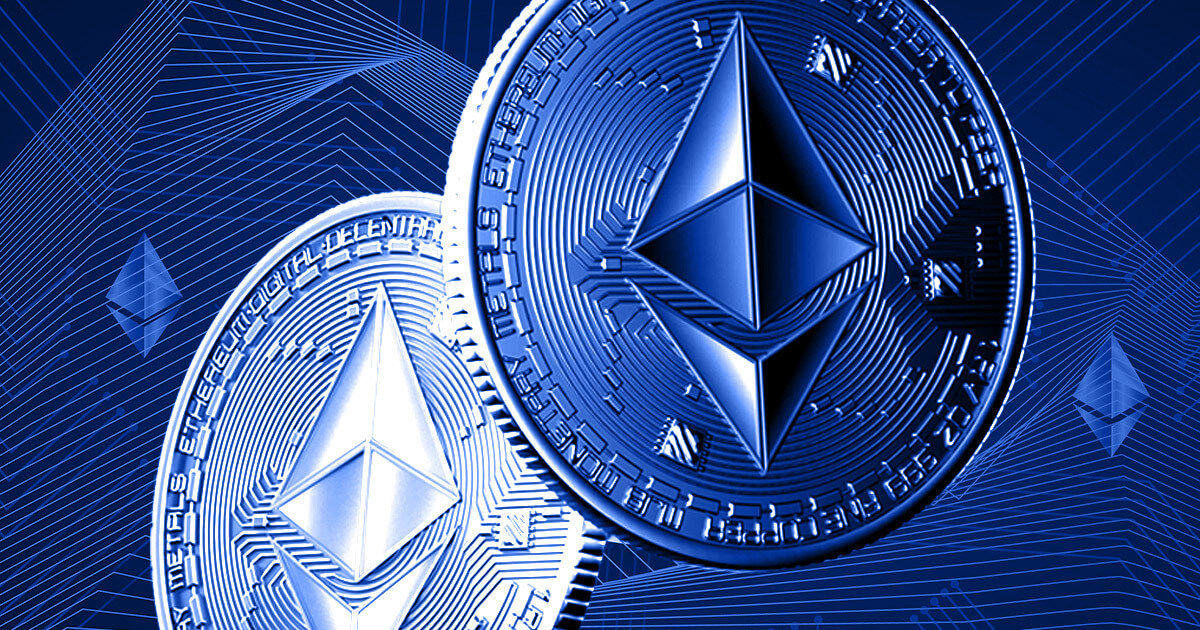
Ethereum's highly anticipated transition to Ethereum 2.0 (the Consensus Layer) is poised to take a monumental leap forward as the Merge testnet went live on June 8.
📣 Ropsten Merge Announcement 📣
Ethereum's long-lived Proof-of-Work testnet is transitioning to Proof-of-Stake! A new beacon chain has been launched today, and The Merge is expected around June 8th on the network.
Node Operators: this is the first dress rehearsal💃https://t.co/0fDHObLOmn
— Tim Beiko | timbeiko.eth 🐼 (@TimBeiko) May 30, 2022
However, this significant upgrade has sparked a debate within the crypto community: will the numerous Ethereum Layer 2 (L2) scaling solutions, developed over the years, become redundant once the Consensus Layer is fully operational?
But what’s the truth behind this claim?
Over the years, Ethereum has faced significant growing pains, including network congestion leading to high transaction costs, increasing difficulty for node operators due to storage constraints, and persistent controversy over its energy-intensive Proof-of-Work (PoW) consensus mechanism.
For years, Ethereum developers have been working to solve these issues, aiming to build a newer, more scalable, secure, and sustainable blockchain. They face an uphill battle due to the immense technical complexity of migrating from legacy code.
As stated on ethereum.org, meeting these goals would be relatively simple using centralized solutions. However, since decentralization is "too important to sacrifice," developers must tackle this on top of the existing technical challenges.
“A trivial way to solve Ethereum’s problems would be to make it more centralized. But decentralization is too important. It’s decentralization that gives Ethereum censorship resistance, openness, data privacy, and near-perfect security.”
Achieving this requires the completion of three critical phases. First was the "Beacon Chain," the Proof-of-Stake (PoS) chain launched in December 2020 that runs parallel to the main PoW chain. Next is the "Merge," which will integrate the Beacon Chain with the existing PoW chain, phasing out PoW mining. Finally, "Sharding" will dramatically increase the network's capacity to process and store data.
The latest update from core developers indicates the Merge is on track for a mainnet launch in Q3/Q4 of this year, with the full Sharding rollout expected sometime in 2023.
In response to Ethereum's scalability issues, numerous Layer 2 protocols have emerged to meet rising user demand. Layer 2 refers to a secondary framework or protocol built on top of a main blockchain (L1) to provide "off-chain" transaction processing.
This framework can take various forms, including state channels, where multiple off-chain transactions are settled by a single on-chain transaction; sidechains, which are separate blockchains with their own consensus mechanisms connected to the main chain via a two-way bridge; and rollups, which bundle transaction data, process it off-chain, and submit a compressed proof back to the main chain.
Prominent examples include Polygon, which aims to transform Ethereum into an "Internet of Blockchains"; Optimism, which achieves scaling through optimistic rollups (assuming transactions are valid unless challenged within a one-week period); and Boba Network, which also uses optimistic rollups but features significantly shorter withdrawal times.
Nevertheless, with the completion of the Consensus Layer on the horizon, promising a faster, cheaper, and more scalable Ethereum network, will Layer 2 solutions become obsolete?
Since the onset of the crypto winter, the value of ETH Layer 2 assets has plummeted, with outflows from this sector totaling $1.4 billion in May alone.
According to cryptoticker.io, the top three ETH Layer 2s by market cap are Polygon, Loopring, and OMG Network. Throughout May, Polygon's value dropped by 39%, Loopring fell by 23%, and OMG Network declined by 29%.
Some attribute this downward pressure on L2s to the upcoming Merge, which is expected to reduce fees and improve scalability, potentially negating the primary use case for Layer 2 solutions.
However, speaking to CryptoSlate, Alan Chiu, the founder of Boba Network, disagrees with this notion, arguing that post-Merge, Layer 2s will be more crucial than ever.
Chiu explained that the Ethereum Merge is primarily about changing the network's security mechanism to Proof-of-Stake. But Layer 2 solutions, like Boba Network, still have an essential role to play in achieving true scalability.
Chiu described this as a complementary role that amplifies the improvements brought by the Consensus Layer. Far from becoming obsolete, the Boba Network founder suggests that Layer 2s are "just getting started."
“Improvements on L1 will be amplified by existing Layer-2 work, since Layer 2s build with Ethereum – as L1 becomes more efficient, L2s only become that much more efficient.”
Despite this optimism, some projects will inevitably face challenges as the Consensus Layer rollout continues. With this in mind, many ETH L2 projects are already planning to expand their services with cross-chain capabilities.
Chiu views this as a natural evolution of the ecosystem, not a concession of defeat to Ethereum. As he puts it, "there is no universal design for decentralized systems that is optimized in all desirable dimensions." Therefore, "the future is multi-chain."
Regarding Boba Network's plans, Chiu states the team is exploring multi-chain and cross-chain solutions "to deliver the best possible user experience."
Given the well-documented delays to Ethereum 2.0, some anticipate further setbacks. But Chiu remains philosophical, emphasizing that getting the upgrade right is more critical than meeting deadlines.
“It’s not like slapping some new paint on the living room walls which you can paint over if you don’t like the result – billions of dollars are on the line, so changes need to go live when the developers are confident that upgrades won’t be harmful to network security.”
According to Chiu, ETH Layer 2s have a bright future ahead. Moreover, instead of fragmenting the industry, the rollout of the Consensus Layer will foster greater interoperability as Layer 2s develop multi-chain and cross-chain capabilities.